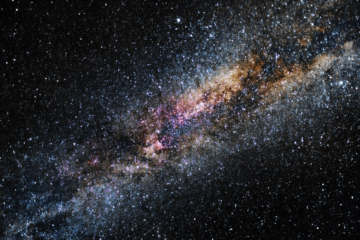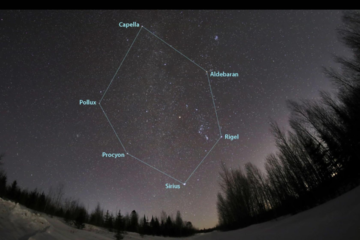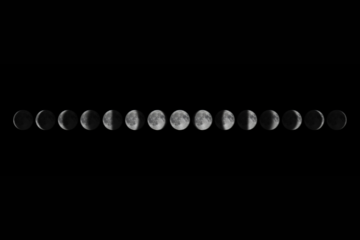Eye on the Sky Vol. 14 – Saturday, December 9, 2023

Now that we’ve explored the magical world of asterisms, let’s journey into the realm of constellations! Throughout history, constellations were good for more than just storytelling. They also served as navigational tools! Before the advent of advanced navigation technology, sailors relied on the constellations as their celestial compass, guiding them across vast oceans. Using the positions and movements of stars in the night sky, especially those of the circumpolar constellations, sailors could determine their latitude and direction. By observing the rising and setting of specific stars and constellations at different times of the night, seasoned mariners could estimate their ship’s heading and approximate location, allowing them to navigate vast and often treacherous waters with impressive skill and precision.
In the northern hemisphere during this time of year, several prominent constellations grace the night sky. Orion, the Hunter, takes center stage, recognizable by its distinctive belt of three bright stars and the brilliant blue star, Rigel. Taurus, the Bull, with the fiery red eye of Aldebaran, is another notable constellation. Additionally, the Pleiades, a striking star cluster often referred to as the Seven Sisters, twinkles nearby. These constellations, each with its own mythology and unique stellar arrangements, contribute to the enchanting winter nights for stargazers in the northern hemisphere.
One remarkable constellation you might have already encountered yourself this week is Gemini, the Twins. It is known for its two bright stars, Castor and Pollux. (You might even recognize those names as characters from one of our favorite books turned into a movie – The Hunger Games: Mockingjay.) In Greek mythology, these sky twins shared an unbreakable bond, much like the stars that make up the constellation. This month, Gemini takes on a special role as the radiant point for the Geminid meteor shower, adding an extra touch of celestial wonder to its captivating tale. The Geminid meteor shower is one of the most anticipated meteor showers of the year! It will reach its peak on the night of December 13-14, offering a dazzling display of as many as 120 shooting stars streaking across the sky each hour. The New Moon is on the 12th, so the sky will be super dark – perfect for observing! We’ll be listening to Constellations, by Jack Johnson and looking up to catch a falling star. ♊🌠



0 Comments